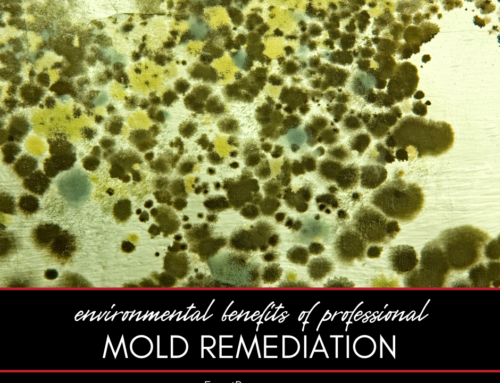Whether a structure is a home or a commercial building, it will experience settling. For the most part settling isn’t something you notice each day, but over time it can bring about changes to your home that become apparent—a majority of which may be cosmetic. Other changes, however, may affect the integrity of your home’s structure. Here are two more reasons why houses settle, and instances when changes from settling should be a cause for concern.
Reasons Why Houses Settle
Weather Conditions
As a new house experiences all four seasons, or a yearly weather cycle, the changes in climate may result in small changes in the house. Extreme weather conditions, like flooding, can accelerate settling, as well as the overall humidity of an area.
Changing Seasons
If your home was built during the dry season, when the rainy season comes around the additional water and humidity can cause the soil beneath the foundation to expand or shift, and the house to settle. By the same token, a home that was built in the summer is likely to experience settling in the cold, and potential snow, of winter.
Signs for Concern As Your House Settles
There are times when a house doesn’t settle properly and results in structural problems or damage to your home. You should periodically inspect your house for the following signs that it’s not settling normally.
Windows That Pull Away From the Sills, and Walls That Pull Away From the Window Frames
Go around your home and check your windows. See if there are ones that are separating from their sills. Also look to see if there are any walls that are pulling away from window frames—you’ll want to examine the point where the wall and frame connect. If you notice that there are gaps in any of these areas, or if you see caulking that has pulled apart, your house is settling in a way that’s causing damage.
Counters That Separate From the Walls, or Crack
Just the same as windows are installed before a house begins to settle and they may go off-kilter if the house settles improperly, your kitchen countertops can do the same. Counters may pull away from the walls or crack as a result of your house shifting and becoming misaligned. This is a more obvious sign that your house isn’t settling well, so be sure to keep an eye out for it.
Baseboards That Pull Away From Walls
Your baseboards should remain attached and in line with your walls, even as your home settles. If you find baseboards that are separating, your home is not settling properly. Check your residence for other signs of problematic settling, like significant cracks in your foundation, uneven floors, or leaking pipes.
Cracks in Your Walls
Not every crack in your walls is a cause for concern. Many are simply cosmetic, natural parts of settling and can be smoothed-over with spackle and sanded smooth. Normal cracks are vertical, between 2 and 6 inches in length, and 1/16 of an inch wide. However, if you see cracks that are horizontal or that exceed 1/16 of an inch, they could be an indication of improper settling. Also, if you notice wall cracks inside of your home that correspond exactly with cracks on your home’s exterior, it’s typically indicative of a problem with your foundation, and needs prompt attention.
Do You Need a Disaster Remediation Expert in Washtenaw County or Jackson County?
If your home has already been damaged, we can help. Check out our services and call Exact Recon for your free disaster remediation quote today. We offer:
- Water damage restoration
- Mold removal and remediation
- Fire and smoke restoration
- Sewer cleanup and disinfecting
- Reconstruction
- Wind and storm damage repair









